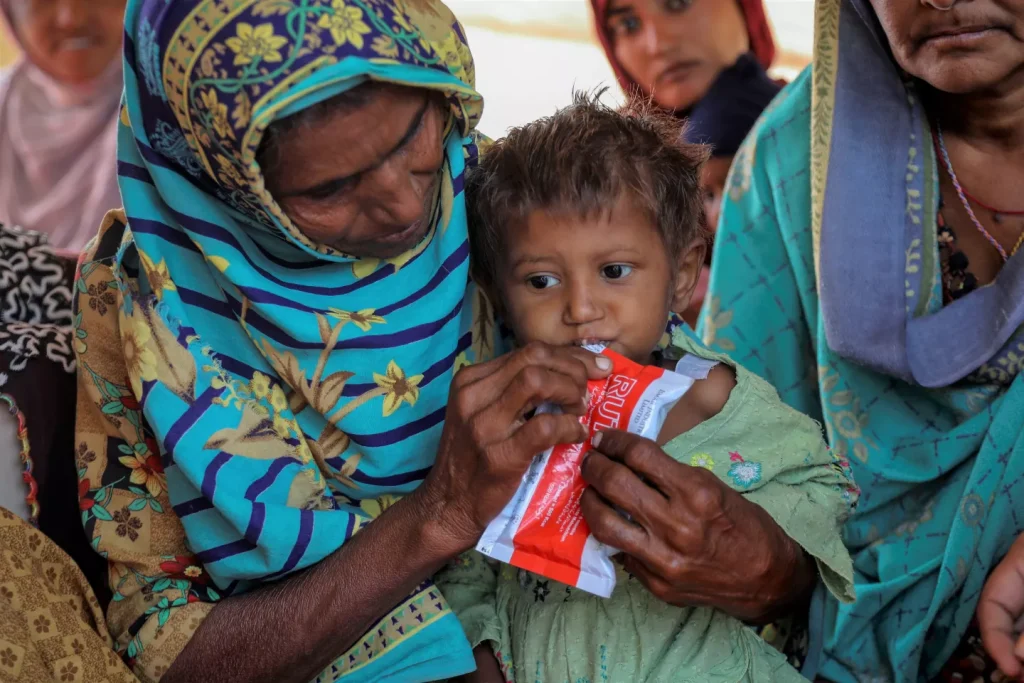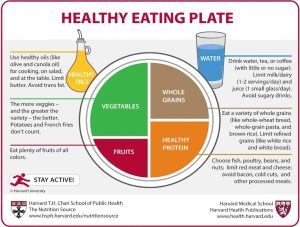Do you have food on your table? Consider yourself lucky as 783 million people suffer from hunger every day! One in almost nine people in the world do not have access to enough food.
As with every other perspective, it is important to analyze the impact of this issue on women (which in many cases is disproportionate). Globally, and as the article shows, hunger affects women more than men, creating what is called a gender-nutrition gap. As per recent estimates 126 million more women are uncertain regarding the source of their next meal when compared with men. This predicament makes women more vulnerable to unhealthy lives.
In food-insecure countries, pregnant women suffer the most from malnourishment. Unawareness about healthy eating habits exacerbates this issue. Future mothers, the primary caretakers, face difficulties in accessing healthy meals to deliver a healthy child. Different socioeconomic factors play a role in this and leads to women being nutrient-deficient. Single bread earners in families fail to provide healthy food advised by health experts for their pregnant wives. Thus, this deficiency results in miscarriages and stunted growth of children who are supposed to be the future of the world. Moreover, it impacts their ability to breastfeed babies because of insufficient nutrients.
Malnutrition affects the lives of women all around the world. According to a report by Health Ministry of Gaza, about 60,000 pregnant women are suffering from it, in addition to receiving inadequate health treatment. Substandard food puts pregnant and lactating women at risk for anaemia, which is the main cause of death during childbirth. Dr. Fyezah Jehan, chairwoman of the Department of Paediatrics and Child Health at Agha Khan University Hospital in Pakistan, stated that “malnutrition” is the primary cause of all infant and maternal fatalities. These data highlight the painful reality of food insecurity for women and children.
It has been observed that in countries like Pakistan and India many women resort to eating Gutka and smokeless tobacco to clamp down on hunger which is also backed by various research findings. This modus operandi often becomes the reason for mouth cancer and other adverse health outcomes. It depicts the horrendous picture of food insecurity where women have to adopt coping mechanisms for temporary relief from hunger.
The underlying reasons for global hunger disproportionately affecting women include income inequalities, climate crisis, lower socioeconomic status than men, and lack of agency to change their circumstances.
For instance, in the USA, majority of people who ask for food assistance are women because of economic challenges they face. According to the report, last year US Hunger collected more than 24000 requests for food assistance among which 85% were women. World Economic Forum (WEF) stated that the climate crisis is yet another hurdle exacerbating women’s food insecurity. Let’s take India as a study case where 800 pregnant women took part among which half of them worked in high-heat conditions like farms, brick kilns, or salt flats, and the other half worked in cooler environments such as schools and hospitals. As mentioned in report, 5% of them working in extreme heat environments face miscarriages as compared to 2% of them who work in low heat conditions.
In her book “The Colour of Food: Stories of Race, Resilience, and Farming,” Natasha Bowens explores the barriers that women experience, as well as how food poverty negatively impacts women of color. This is how lower socioeconomic status leads to food insecurity among women. The already existing gender pay disparity makes food poverty worse for women.
It’s not merely about being hungry. It can lead to risky behaviors such as transactional sex to get food or money. There exists a close relationship between food insecurity and violence among women. Mostly the victims of domestic violence lack economic resources and there’s a higher risk of low food security. Because of the financial stress, they turn to such practices.
Ending food insecurity is a paramount priority to achieve Sustainable Development Goals i.e., SDG 2. According to UN Women, the SDG 2 also targets ending malnutrition and providing optimized nutrition to women. This can be done by supporting and encouraging women to play their roles in the economy and enhancing their income security. UN Women is working actively for this purpose. For instance, in Congo, it helps needy women to access small pieces of land so they can feed themselves and their children. Likewise, in Kenya, community health volunteers go door-to-door to measure children for malnutrition through a simple tool known as MUAC band and teaching their mothers how to do the same.
Without acting upon SDG2, we would not be able to achieve other goals that include education and gender equality for sustainable growth of the world. Therefore, there’s a dire need to alleviate food insecurity for women to live healthy lives and give birth to healthy future generations!





